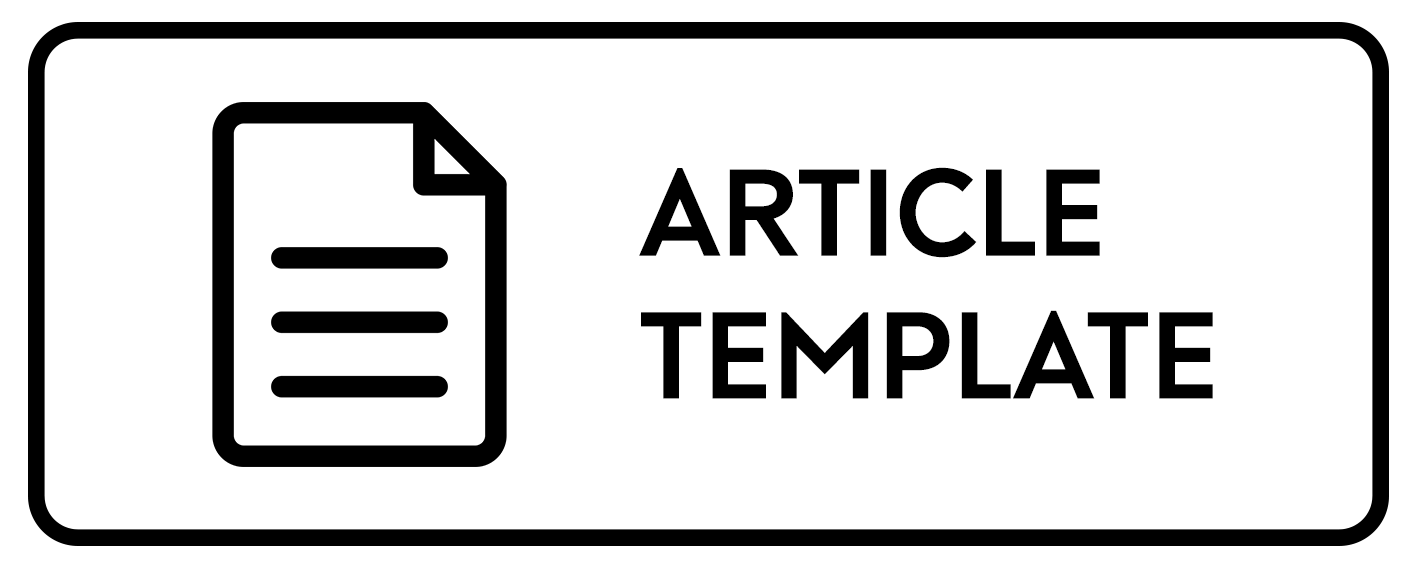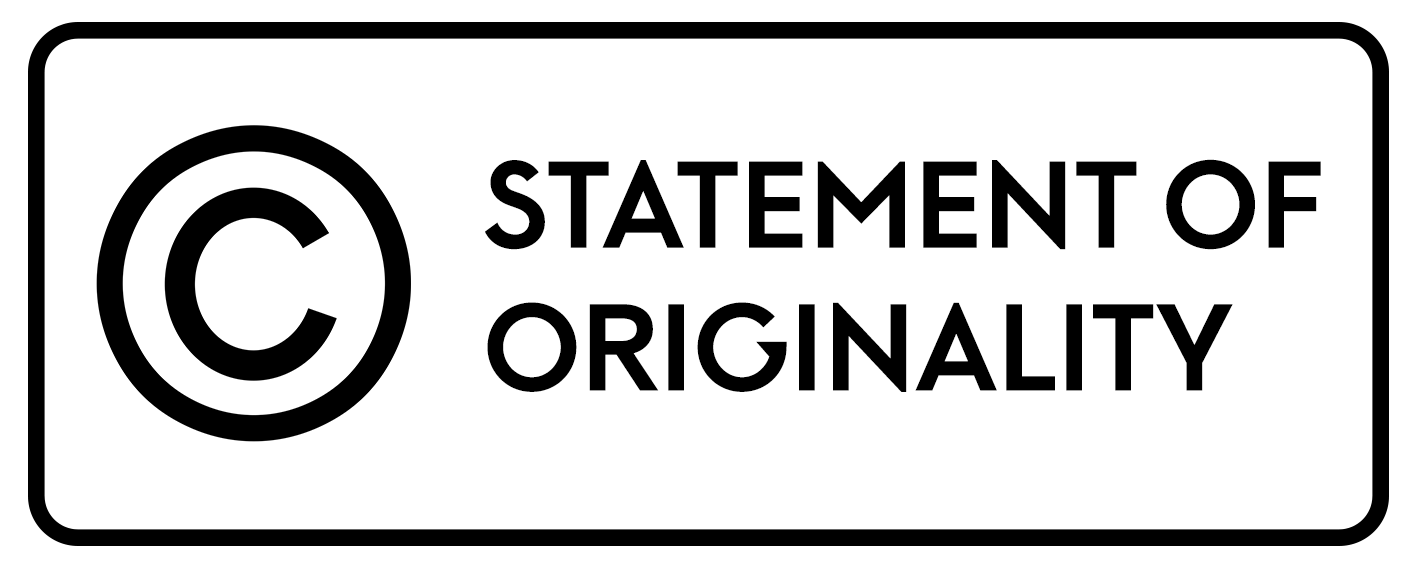CALABAI DAN BISSU SUKU BUGIS: REPRESENTASI GENDER DALAM NOVEL CALABAI KARYA PEPI AL-BAYQUNIE
Abstract
This study aims to describe the life of calabai and bissu, as well as the views of the people depicted in the Calabai novel by Pepi Al-Bayqunie. This research is library research with a qualitative approach. Data analysis was carried out through several stages, namely the data classification stage, data analysis, and the conclusion of the analysis results. The results of this study indicate that calabai and bissu are gender variations other than men and women in Bugis culture as illustrated in the Calabai novel by Pepi Al-Bayqunie. Calabai who was described by the author in the novel was a Calabai who had privileges and finally he became a bissu. In relation to the existence of calabai and bissu as illustrated in the novel, it turns out that there is a rejection from the group who consider these two gender variations to be incompatible with human nature. The existence of calabai is a problem because it is contrary to the social construction that already exists in the community. However, unlike calabai, the existence of bissu is considered more respectable because it plays an important role in Bugis culture.
Keywords
Full Text:
PDFReferences
Al-Bayqunie, P. 2016. Calabai. Tangerang Selatan: Javanica.
Ansori, D. S., Kosasih, E., & Sarimaya, F. (Eds.). 1997. Membincangkan Feminisme: Refleksi Muslimah Atas Peran Sosial Kaum Wanita. Bandung: Pustaka Hidayah.
Damono, S. D. 2014. Sosiologi Sastra. Jakarta: Editum.
Davies, S. G. 2010. Gender Diversity in Indonesia: Sexuality, Islam and Queer Selves. London: Routledge.
Fakih, M. 2017. Analisis Gender dan Transformasi Sosial. Yogyakarta: Insist Press.
Hartarini, Y. M. 2012. Komunitas Adat Bissu: Waria Bertalenta Sakti Sebuah Analisis Sosio-Budaya Etnis Bugis. Majalah Ilmiah Informatika, 3(2), 196–217. Retrieved from http://www.unaki.ac.id/ejournal/index.php/majalah-ilmiah-informatika/article/view/67/104
Killerman, S. 2013. The Social Justice Advocate’s Handbook: A Guide to Gender. Austin TX: Impetus Books.
Lathief, H. 2004. Bissu: Pergulatan dan Peranannya di Masyarakat Bugis. Depok: Desantara.
Nolen-Hoeksema, S., & Girgus, J. S. 1994. The emergence of gender differences in depression during adolescence. Psychological Bulletin, 115(3), 424–443. Retrieved from http://dx.doi.org/10.1037/0033-2909.115.3.424
Rokhmansyah, A. 2016. Pengantar Gender dan Feminisme. Yogyakarta: Garudhawaca.
Sumange, H. H., & Soppeng, L. 2014. Menelusuri Keberadaan Bissu (Calabai) di Kabupaten Soppeng. Sulesana, 9(2), 53–60. Retrieved from journal.uin-alauddin.ac.id/index.php/sls/article/view/1299
DOI: http://dx.doi.org/10.30872/calls.v4i2.1645
Copyright (c) 2018 Alfian Rokhmansyah, Irma Surayya Hanum, Dahri Dahlan

This work is licensed under a Creative Commons Attribution-ShareAlike 4.0 International License.
Editorial address:
Fakultas Ilmu Budaya, Universitas Mulawarman
Address: Jl. Ki Hajar Dewantara, Gunung Kelua, Kec. Samarinda Ulu, Kota Samarinda, Kalimantan Timur, Indonesia 75123
Email: jurnalcalls@fib.unmul.ac.id
Website: http://e-journals.unmul.ac.id/index.php/CALLS

CaLLs: Journal of Culture, Arts, Literature, and Linguistics site is licensed under a Creative Commons Attribution-ShareAlike 4.0 International License
CaLLs: Journal of Culture, Arts, Literature, and Linguistics indexing by:















